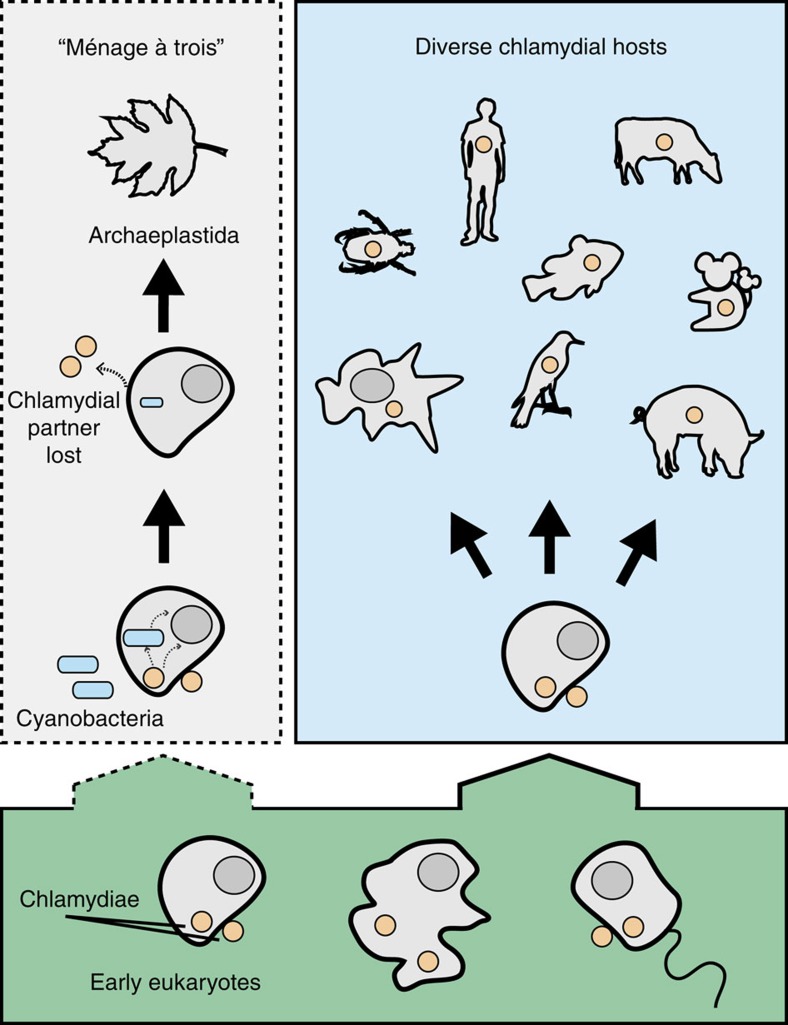Figure 1. The evolutionary history of chlamydia–eukaryote interactions and the ménage à trois hypothesis for plastid establishment.
Chlamydiae have probably been associated with eukaryotes for at least 700 million years (1717) so it appears reasonable to suggest that they also infected even more ancient eukaryotes. Extant Chlamydiae can infect a tremendously diverse range of eukaryotic hosts such as humans, cattle, pigs, birds, koala, fish, insects and unicellular protists. Notably, Chlamydiae have not been found infecting any member of the Archaeplastida. A proposed evolutionary scenario, coined the ‘ménage à trois’ hypothesis16, posits that an early eukaryotic cell was host to both a chlamydial and cyanobacterial partner. Key metabolic genes that enabled the symbiotic capture of the cyanobacterium are proposed to have been horizontally transferred from chlamydia primarily to the host, but also to the cyanobacterium. Once these genes were transferred, the chlamydial partner was no longer needed and was subsequently lost. The newly formed relationship between cyanobacterium and host led to the modern plastid and the evolution of Archaeplastida.

